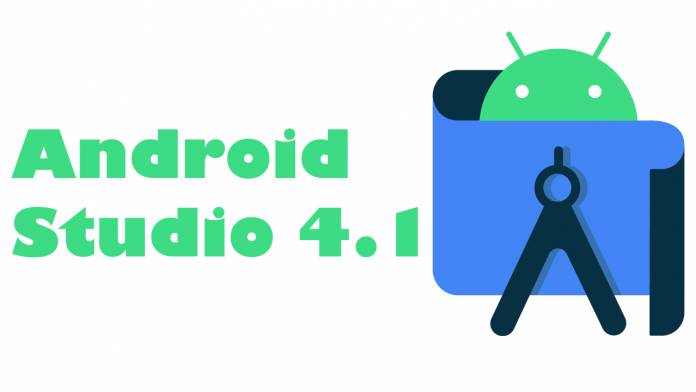
When it comes to an integrated development environment, Android Studio is the undisputed king. That’s the reason Google constantly updates the platform – bringing new features to make it easy for developers to create applications. Now, the Android Studio 4.1 update brings latest set of features and loads of performance and security enhancements. With this new update, Google has solved 2,370 software bugs and 275 public issues identified in the previous version of Android Studio.
The UI has been enhanced with changes to the material design courtesy the “New Project” dialog which employs the Material Design Components (MDC) by default for themes and styles. This will bring the ability to use recommended material style patterns and support latest UI tweaks, for example, dark themes. For development, Android Studio 4.1 now gets the Database Inspector for maintaining a live connection with the app’s database – with both Jetpack Room library or SQLite databases.
With this new feature, developers can inspect, query or make changes to the app database in the running state. Another useful feature with the update is the ability to run Android Emulator in Android Studio for better workflow. Navigating across the Dagger-related code also becomes a breeze – this makes complete sense since the library is used by developers for dependency injection.
TensorFlow Lite modules will become easier to import in applications, and developers who employ machine learning for their apps will love this one. New features have also been added to the “build & test” domain as Google has included support for app testing in foldable devices with the Android Emulator – another welcome feature for developers who have the latest foldable flagships.
Google has brought updates for the optimization too. The UI of System Trace now gets box selection, summary tab, and display section. The Android Studio Profilers are now accessible in a separate window for seamless connection with the Android Emulator or connected phone. Also, the Native Memory Profiler brings better information on the allocation/deallocation of objects and the system heap size.









